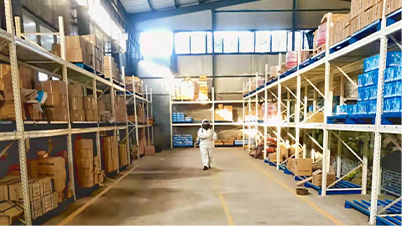machinery relocation
Machinery Relocation A Comprehensive Guide
Machinery relocation is a critical process for businesses involved in manufacturing, construction, and various industrial sectors. This operation involves the careful transfer of heavy equipment and machinery from one location to another, ensuring that the transition is efficient, safe, and cost-effective. Understanding the intricacies of machinery relocation is essential for companies seeking to upgrade their operations or respond to changing market demands.
The first step in the machinery relocation process is planning. This phase involves an in-depth assessment of the machinery to be moved, including its dimensions, weight, and the complexity of disassembly and reassembly. Proper planning also involves evaluating the new location for accessibility, power supply, and other essential infrastructure. Engaging experienced engineers and logistic experts at this stage can help anticipate potential challenges and develop effective strategies to mitigate risks.
Once the planning phase is complete, the next step is to secure the necessary permits and approvals. Machinery relocation often requires adherence to local regulations, especially when heavy equipment is involved. Understanding the legal requirements and obtaining the requisite permits helps ensure that the relocation process complies with safety and environmental standards.
machinery relocation

Health and safety considerations are paramount during machinery relocation. Companies must implement strict safety protocols to protect their workers and prevent damage to the equipment. This includes using appropriate lifting equipment, protective gear, and following standard operating procedures during the disassembly, transportation, and reassembly phases. It is advisable to conduct a risk assessment to identify potential hazards and prepare contingency plans.
The transportation of machinery is a significant component of the relocation process. Depending on the size and weight of the equipment, specialized vehicles such as flatbeds or lowboys may be required. Ensuring that the machinery is securely loaded and transported is crucial to prevent accidents and damage. Companies may also consider hiring professional rigging and transportation services with experience in handling heavy machinery to enhance safety and efficiency.
Finally, once the machinery reaches its new destination, reassembly and calibration are essential to ensure optimal functionality. This phase requires skilled technicians who can reassemble the equipment correctly and perform necessary checks to guarantee that everything operates smoothly.
In conclusion, machinery relocation is a complex but manageable process that demands careful planning, adherence to safety regulations, and a skilled workforce. By approaching the relocation systematically and adopting best practices, companies can ensure a successful transition that supports their operational goals and enhances productivity.
-
Unlock Seamless Relocation with Our Heavy Equipment Moving ExpertiseNewsJun.06,2025
-
Unleash Unrivaled Flexibility with Our Adjustable Gantry CraneNewsJun.06,2025
-
Unleash Heavy-Duty Efficiency with Our Industrial Gantry Crane SolutionsNewsJun.06,2025
-
Revolutionize Steel Handling with Our Magnetic Lifter RangeNewsJun.06,2025
-
Master Equipment Mobility with Premium Machinery Mover SolutionsNewsJun.06,2025
-
Elevate Your Material Handling with Magnetic Lifter TechnologyNewsJun.06,2025
-
YS Permanent Lifting Magnets: The Smarter Way to Handle SteelNewsMay.22,2025
